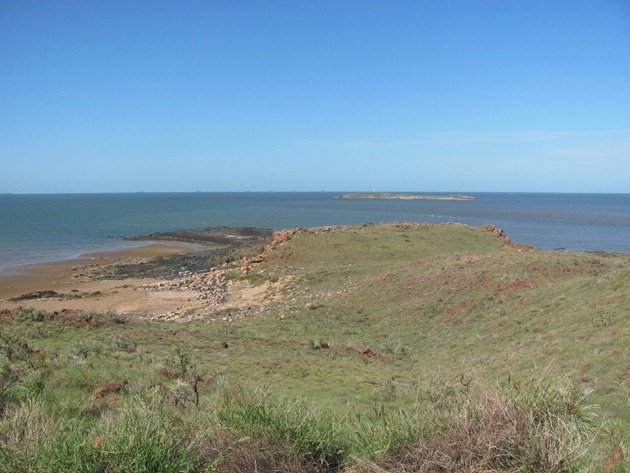
My feature picture shows the view from the lookout at Cossack that looks across to Jarman Island and the lighthouse is a significant historic landmark. It was in use from 1888 until 1985 and has been lovingly restored. The lighthouse construction is pre-fabricated cast iron and was shipped from England, along with the lens. Cossack was one of the earliest ports in the north of Western Australia and the first settlers arrived in 1863. It was a port for the gold rush, pearling industry and a failed attempt at a turtle soup factory for export to England as well as a leprosarium. Most of the buildings have been restored and the cemeteries are a reminder of the segregation between races of people in those days and the young age that people died.
During the mid-1990’s we lived in the area and often walked the local beaches and on one occasion on a very low tide we actually walked out to Jarman Island after careful consultation of the tide chart. We were not able to remain on the island long due to the tides, but amazing to walk out over the mud as the tide receded and return as the tide turned.
There’s a special place for us in the beach below, which lies close to Jarman Island and Cossack……Settler’s Beach….
Settler’s Beach
On the 5th December 1995 we were walking the two high tide lines looking at all of the beach washed items and I suddenly saw a bird that I knew was not in our Australian Field Guide. It had recently died, but was very fresh. We took it home and rang the museum and described the bird, believing it to be some sort of flycatcher. Now, this is 1995…no digital photography, no internet to search, so after much discussion we were advised to put it in the freezer and find out the latest we could drop it off at the post office to get it to Perth. The following day the bird left the Pilbara and flew with the aid of an aeroplane and the museum then contacted us to say it had arrived and was in excellent condition and is a male “Blue and White Flycatcher“. This was the first record for Australia and became a museum specimen, which we have since seen. We also saw the first live record for Australia at the Broome Bird Observatory between 15th & 19th November 2002, which was also male. We have also seen them in South Korea now!
Submission No 242: Blue-and-white Flycatcher Cyanoptila cyanomelana. Settlers Beach, WA, 5 December 1995 Verdict: Accepted Western Australian Museum (registered number A26021)
On our recent return trip we didn’t find any Blue and White Flycatchers, but we visited the Poo Ponds (Waste water treatment plant) after the beach and historic town and as usual the bird life was enjoying the presence of water in such a hot and dry environment.
Zebra Finch on the barbed wire at the Poo Ponds
Spinifex Pigeon through the fence
The closest we could get to our special find in 1995 was a White-winged Fairywren, which is what the museum had thought we might have found initially.
White-winged Fairywren
If you get a chance to explore the history around the historic Pilbara town of Cossack you will be rewarded with some great bird life as well.
We are currently birding somewhere on the east coast of Australia as we attempt to get the year list topped up, so I may not be able to respond to any comments!


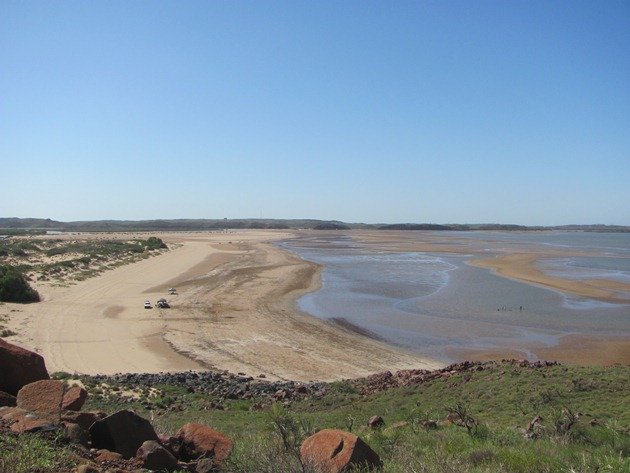
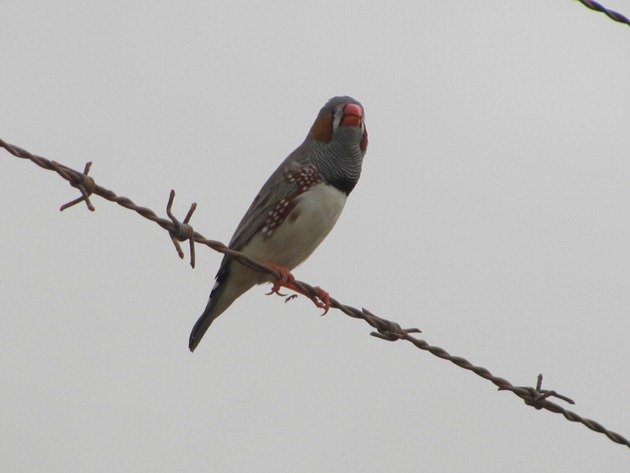
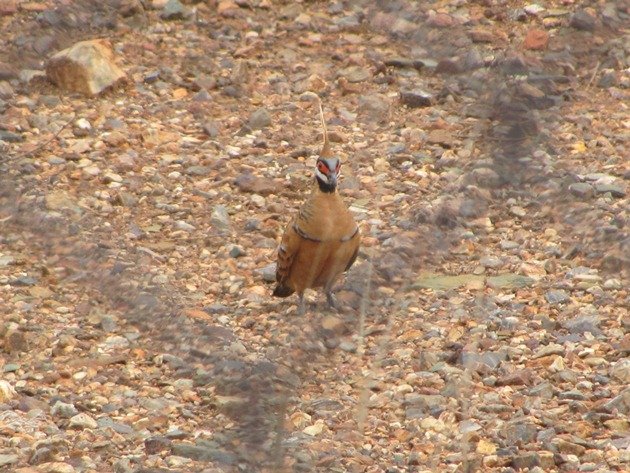
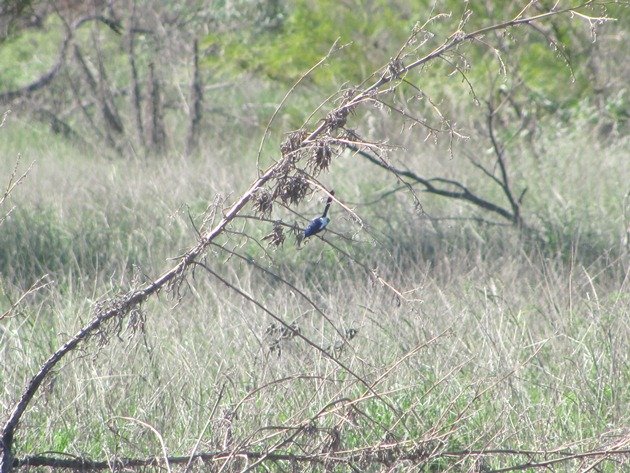











What a fascinating post with the history of the area and your own unusual experiences birding there! Great photos, too!
Hello, I would like use one of your photos in for the header in my blog, would this be ok?
I have put it up so that you can see how it would look, please check from the link and let me know if you wish for me to take it down. Of course I have put up a link to this website.
Best regards,
Merve